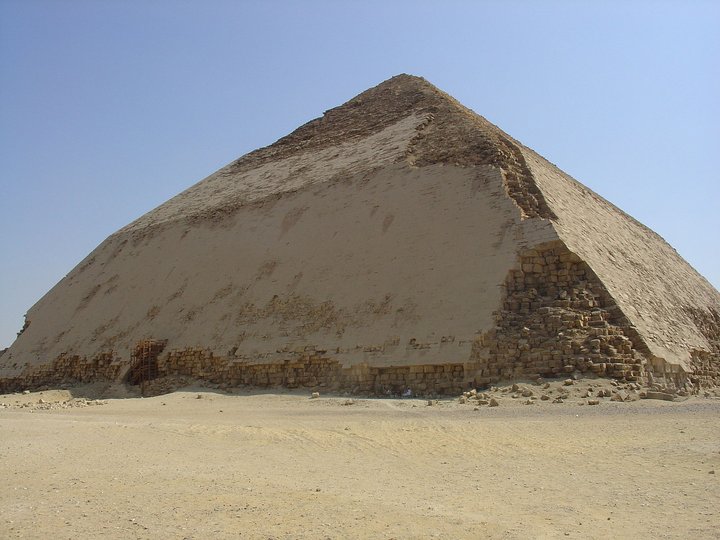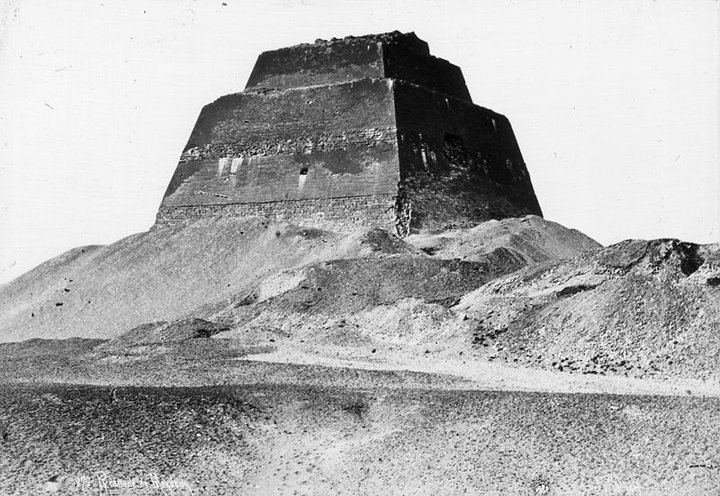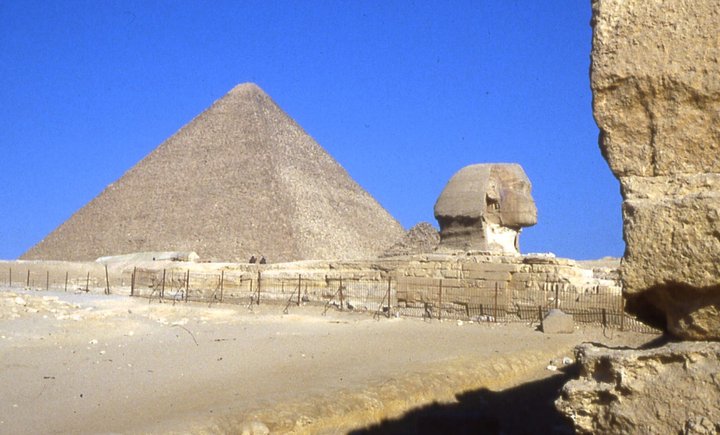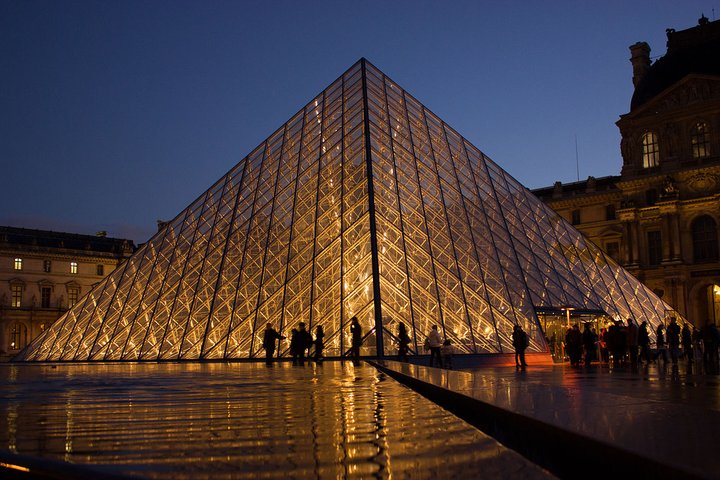[Robert Langdon]…wondered if Fache had any idea
that this [Louvre] pyramid, at President Mitterrand’s explicit
demand, had been constructed of exactly 666 panes of glass.
— The Da Vinci Code, Dan Brown
###
Got a dollar bill? Check the back, that pyramid with the spooky eye on top. Is that weird or what? And what’s with the Latin, instead of our God-given English, all over the damn thing?

Blame the Founding Fathers. The same day that the Continental Congress declared independence, 7/4/1776, they decided they needed a national emblem for their newly-minted country. The “Great Seal” committee started out with Ben Franklin, Thomas Jefferson, John Adams, and Philadelphia artist Pierre Eugene du Simitiere. Six years and two more committees later, the Great Seal was more or less finalized, with a warlike eagle on the front and a thirteen-step pyramid on the back. Plus the Eye of Providence, the eye of an all-seeing God.
Conspiracy nuts, including televangelist Pat Robertson, routinely claim that the eye proves the Masonic influence on this country’s founding, but the dates are all wrong. 1782 saw adoption of the Great Seal, complete with its Eye of Providence. Fifteen years later, Freemasons adopted the eye as part of their iconography. In any case, the only Freemason on the Great Seal Committee was Ben Franklin, whose ideas weren’t used.
Similarly with the Latin mottoes—no Freemason influence there, either. “NOVUS ORDO SECLORUM under the pyramid simply means “A new order of the ages.” It comes from Virgil (1st century BC) in one of his eclogues (pastoral poems) expressing his wish for a new era of peace. ANNUIT CŒPTIS (the OE is a diphthong) is officially translated as “He (God) has favored our undertakings.” The thirteen steps of the pyramid represent, of course, the original states of the Union.
It took awhile for the Great Seal to be translated onto our dollar bills. In 1935, under the auspices of FDR, it was added to the back of the notes: the reverse (pyramid) on the front (eagle) on the right.

The “Bent Pyramid” at Dashur, south of Cairo, Egypt (Barry Evans)
Which is a long way of getting into the angle of the 13-step pyramid on the back of your $1. It’s an ungainly, and unstable, 70 degrees, useless to man and beast. The Egyptians knew that nearly five thousand years ago. Here’s the “Bent Pyramid” which starts out at a steep angle of 52 degrees, but changes halfway up to a gentler 43 degrees—they presumably worried about its stability. They’d already had a too-steep pyramid collapse on them here at Meidum, which has a solid core, but the builders used sand as foundation for the outer layers. Hence the rubble all around.

Meidum pyramid (Brooklyn Museum Archives, public domain)
By the time the pharaoh Khnum Khufu (Greek: Cheops) got around to commissioning his tomb, that is, the Great Pyramid of Giza, the Egyptians—in particular, the architect Hemiunu—had figured out the correct design, both the shape and the materials. The reconstructed angle of the Great Pyramid (—reconstructed because the polished limestone outer layer was stolen for mosque-building in Cairo 600 years ago, and the capstone is missing) is 51 degrees 52 minutes. It’s easy to show that the constant pi is incorporated into this shape, except you can may an equally good case that actually phi (the Golden Mean). Ditto a slope angle of 11 horizontally to 14 vertically (the so-called “5.5 sekid” angle). It’s all here if you’re interested.

The Great Pyramid of Giza, Sphinx in foreground (Barry Evans)
Which (finally!) brings us to I.M. Pei’s “Louvre pyramid” in Paris. What’s the angle? Same as the Great Pyramid, naturally—Pei claimed this to be the perfect angle. And (as claimed by Dan Brown) those 666 panes of glass used in its construction, specifically ordered by French President, the late François Mitterrand? No and no. No, not 666 panes of glass, actually 673 (603 rhombus plus 70 triangular segments). No, not ordered by Mitterand.

I.M. Pei’s Louvre pyramid. (Hteink.min, Creative Commons license. Via Wikimedia Commons)
Oh, and 666 isn’t actually the Number of the Beast. That’s 616, sorry.

Comparison of pyramids worldwide (Cmglee, Creative Commons)
CLICK TO MANAGE